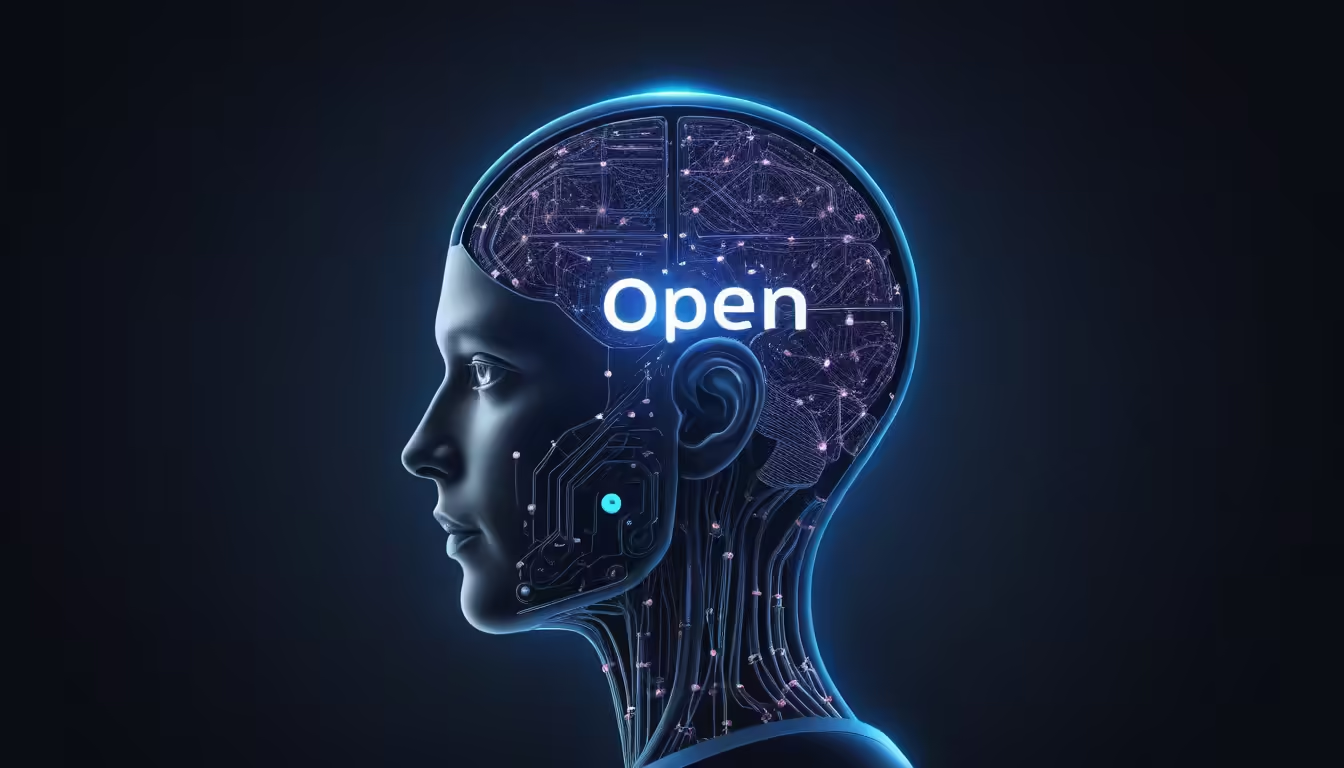
Table of Contents
Understanding the Foundation of AI
Artificial Intelligence (AI) is a complex and intricate technology that has significantly transformed various industries. It plays a crucial role in automating processes, predicting outcomes, and even mimicking human cognition. However, the journey of creating AI involves a meticulous and multi-faceted approach that demands a deep understanding of its fundamental components.
The Birth of AI
The inception of an AI project begins with a comprehensive understanding of the problem it aims to solve. Whether it’s enhancing customer experience, optimizing operational efficiency, or analyzing big data, defining the purpose sets the groundwork for the entire development process.
The Neural Network: The Brain of AI
At the core of AI creation lies the neural network, a sophisticated system inspired by the human brain. This network consists of layers of interconnected nodes, or artificial neurons, that process and analyze data. Through advanced algorithms, these neural networks can recognize patterns, make decisions, and learn from experience.
Data, the Fuel for Intelligence
The development of AI heavily relies on data – and lots of it. From structured databases to unstructured text and images, the quality and quantity of data shape the AI’s ability to learn and adapt. Data scientists painstakingly curate and preprocess datasets to ensure their suitability for training AI models.
The Power of Learning: Training AI Models
Training an AI model involves exposing it to vast amounts of data and allowing it to adjust its internal parameters to improve performance. This process, often facilitated by machine learning algorithms, enables the AI to recognize patterns, make predictions, and continuously refine its decision-making capabilities.
The Role of Algorithms: Crafting Intelligent Logic
Algorithms serve as the guiding force behind AI’s decision-making processes. From classic algorithms like linear regression to complex ones like deep learning, each algorithm is meticulously selected and fine-tuned to align with the specific objectives of the AI project.
The Art of Optimization: Fine-Tuning Performance
Once the AI model is trained and operational, the focus shifts to optimization. Engineers and data scientists employ techniques like hyperparameter tuning and model pruning to enhance the AI’s efficiency, minimize errors, and ensure seamless integration into existing systems.
The Journey Continues: Iterative Improvement and Innovation
The creation of AI does not culminate with a single model. Instead, it marks the beginning of an iterative cycle of improvement and innovation. Continuous monitoring, feedback analysis, and adaptation form the crux of refining AI to meet evolving requirements and challenges.
Conclusion
The creation of AI is a dynamic and intricate process that integrates data, algorithms, and human expertise. Understanding the foundation of AI creation unveils the complexity behind this transformative technology, offering an insight into the art and science of crafting intelligent systems. As AI continues to advance, unfolding its creation process becomes an essential step towards harnessing its full potential and driving future innovations.





Leave a Reply